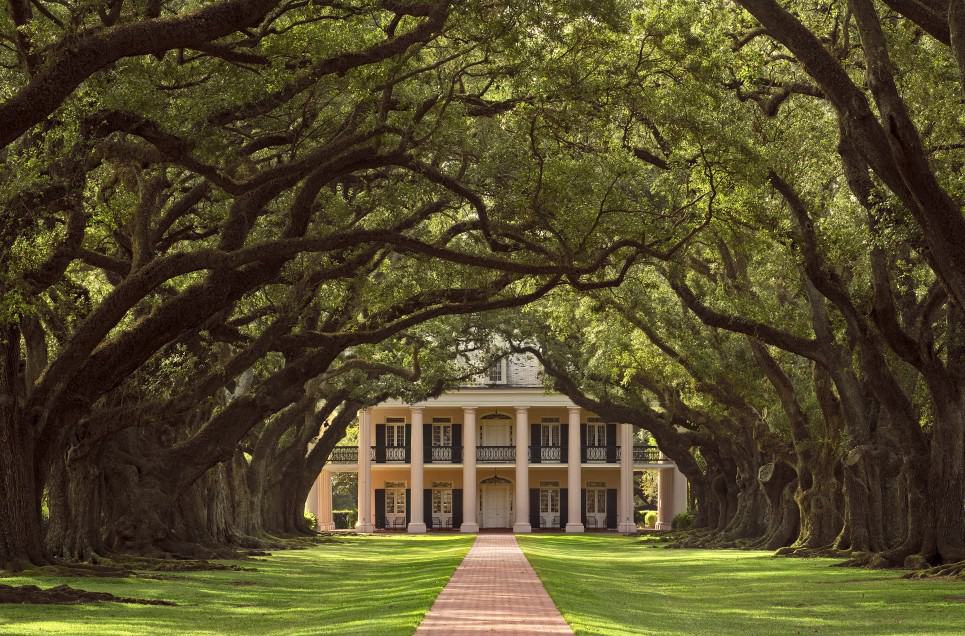If you love history and architecture, mixed with a little bit of traveling and intrigue, then this is the list of all lists for you! From the million-dollar mansions of New York City to the humble beginnings of the Midwest plains, there are a plethora of homes across the nation with both value and priceless significance. Keep reading to check out the most infamous homes in the United States, from billionaire estates to the birthplace of presidents. Even though Frank Lloyd Wright residences are probably your favorite aesthetically, it will be hard to choose which property you will want to visit next! Enjoy this epic list of historical American houses. Hopefully you have some time to visit these amazing historical homes.
Monticello

Have you watched the Broadway hit Hamilton lately? You probably remember one of the people referencing this historical place. Monticello, in Charlottesville, Virginia, is perhaps one of the most famous houses in U.S. history. It was the home of the third U.S. President, Thomas Jefferson, and served as his primary plantation. Jefferson used slave labor to run the 5,000-acre estate, which primarily grew tobacco. The well-known founding father of America is known for creating many things in the New World. That includes his notorious slave plantation, which you can still visit today. The large property is packed with historical designs and architecture.
You might recognize this Neoclassical style home from the U.S. nickel. It was designated both a National Historic Landmark and a UNESCO world heritage site. Jefferson followed the Italian Renaissance design principles of famed architect Andrea Palladio in the construction of the house. Jefferson began building the home at only 26 years of age, on land inherited from his father. If you think this historical home is eye-catching, wait until you see the next house. It is still on the East Coast and only a state away. Keep reading and get ready to travel from Monticello to the Biltmore Estate in North Carolina.








































